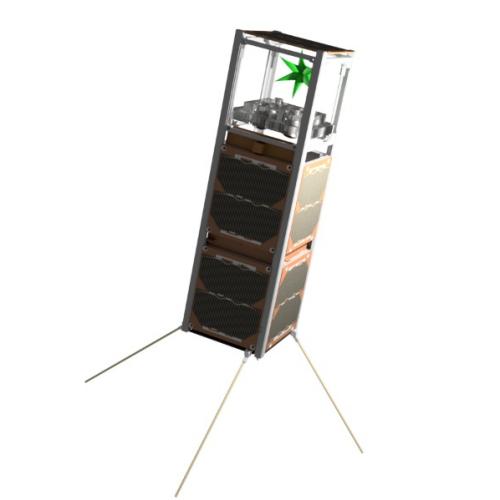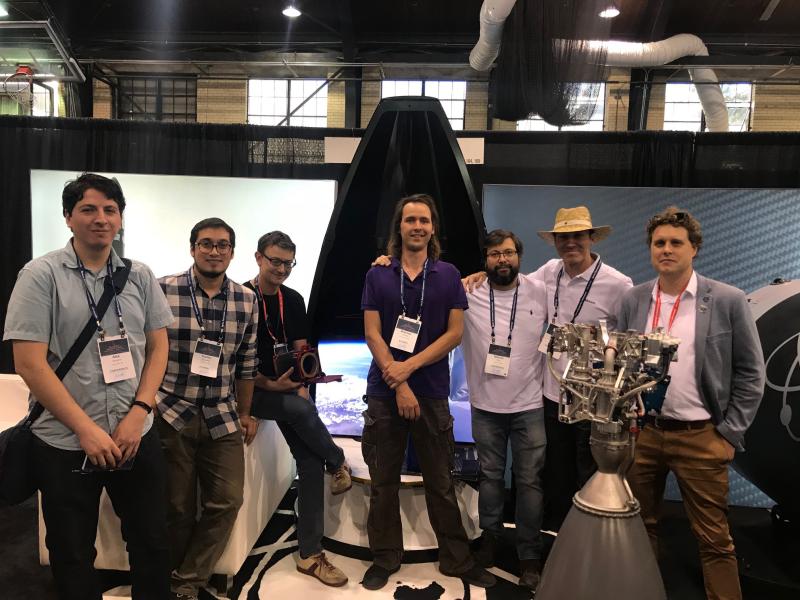PlantSat is a contribution to the ongoing human efforts of exploring, understanding and eventually colonizing Mars. Its goal is to study in low earth orbit the growth of a suitable plant, replicating the conditions that life will experience on Mars’ surface. These conditions include low gravity force and high solar radiation.
Plantsat is a joint project between researcher Mr. Matthew Lehmitz, who is leading the scientific mission, GomSpace, danish company that is kindly providing the satellite platform, University of Chile that is leading the satellite assembly, integration, testing, and the biosphere payload, and Rocket Lab, company that will kindly host the satellite launch on one of their rockets.
The proposed plant genus for PlantSat is Tillandsia. This is a hardy genus that can be found all across the neotropics, high up in the mountains of the Andes and down to the shores of the Atacama desert. This hardiness and versatility makes it an excellent candidate for survival in harsh environments.


The satellite will be a 3 units CubeSat with a GomSpace type BUS using a SUCHAI configuration and Flight Software. One of its units will be specially adapted to host a biosphere payload which is under development.
Frequency: TBD
Modulation: GFSK
Datarate: 9600 bps
Beacon: FM
Period: 60 seconds
Protocol: CubeSat Space Protocol
The multidisciplinary team composed by the researcher Matthew Lehmitz, the company GomSpace, the University of Chile, and the company Rocket Lab met in the last SmallSat conference to start working in this pioneer project.
